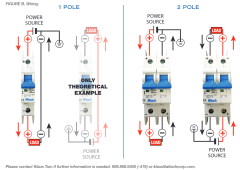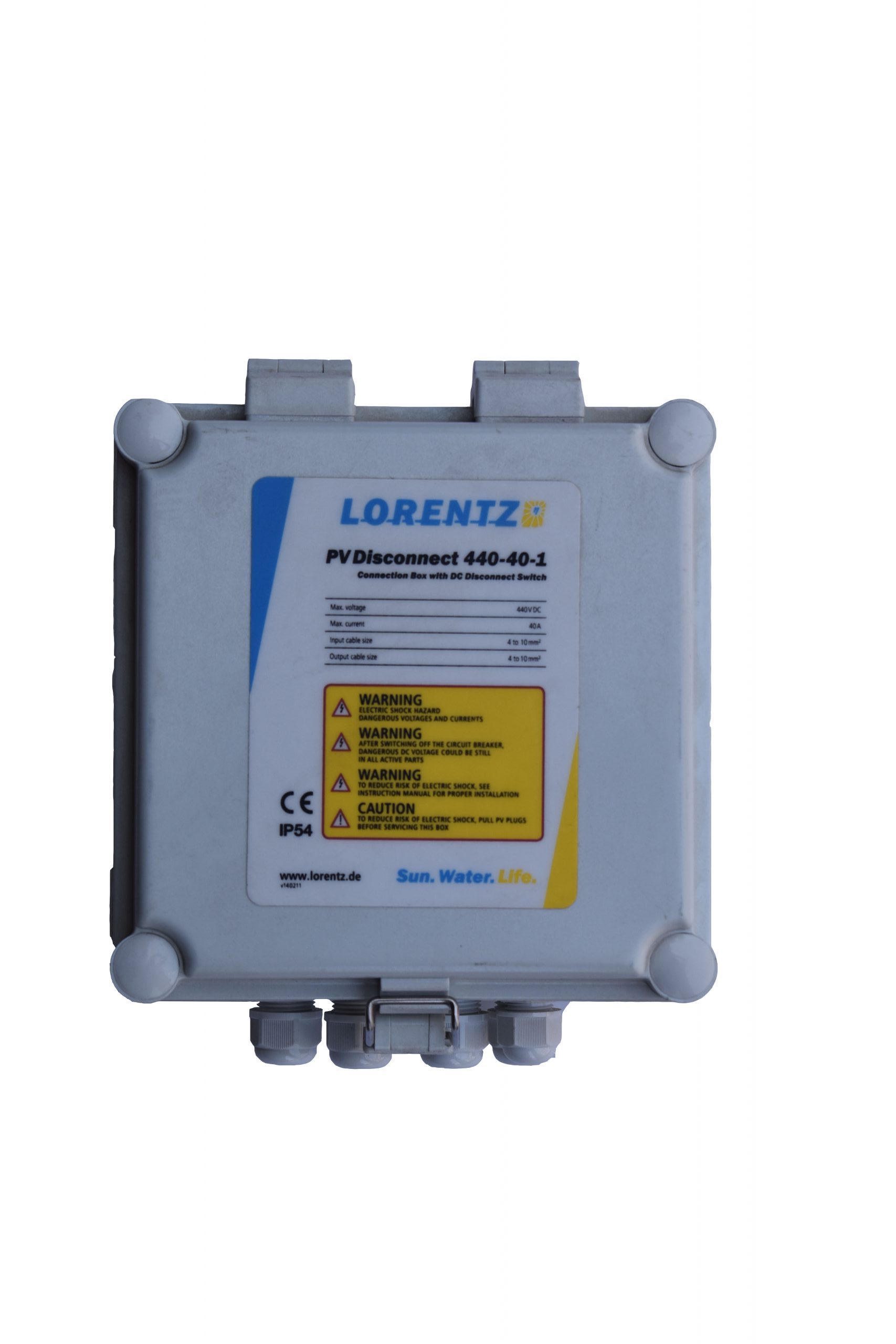Are you being serious?

With a PV disconnect, here, let me Google that for you:
quick disconnect gives your solar system extra safety and flexibility when maintaining your system.

theinverterstore.com
Solar PV Dual Circuit Disconnect allows an easy and safe means to turn off/on and disconnecting the vessel solar array.

www.emarineinc.com
AC and DC disconnects are essential for a functioning solar panel system. Learn more about solar disconnects and why they are important.

aurorasolar.com
Electrical Disconnect Boxes. Solar system electrical disconnects (a/k/a disconnect boxes)? Love em. Gotta have em. In fact, the National Electric Code (NEC), section 690.15, requires arrays to have a disconnecting means to isolate the inverter from the PV power source. Utility grid-tie inverters...

www.solarpanelstore.com
Premium quality PV Disconnect Switch designed for PS2150 – PS24000 pumping units, Simple and cost effective unit, Connects module string, DC rated disconnect switch rated 400VDC and 40A

solargentechnologies.com
Below text is from the resources section (link below), suggest you take some time and read it, it may save your house one day.
This resource is intended to help the user understand when they need to add Over Current Protection Devices (OCPDs - Fuses or Breakers) to the solar panel array and what size the OCPDs need to be. There is also guidelines for wire sizing for the...

diysolarforum.com
Overcurrent Protection on Solar Charge Controllers and solar arrays
Disconnects Vs OCP on the Output circuit.
All solar installations should have a disconnect on the output circuit, between the solar array and the solar charge controller. This disconnect should disconnect both the positive and the negative line from the array. (This is one of many disconnect requirements that the NEC places on solar installations).
Quite often, the disconnect is implemented using a dual circuit breaker because using a breaker can be a cost-effective way to implement a disconnect. Even some controller manufacturers say to use a breaker. This has created confusion that leads some people to believe breakers are required. However, if the system is installed with proper string OCP (if needed) and properly sized wires, there is not a need for the disconnect on the PV Output circuit to be a breaker. A properly rated dual pole switch is adequate.
If a breaker is used as the disconnect, there are a few things to keep in mind.
- Breakers are not typically designed for frequent use as a switch. Using a breaker as a switch can weaken them over time, and this could result in nuisance trips.
- When used in place of a switch, a breaker’s trip rating should be higher than the calculated PV output circuit current
(PV output current = Isc x number of parallel stings x 1.56 =)








